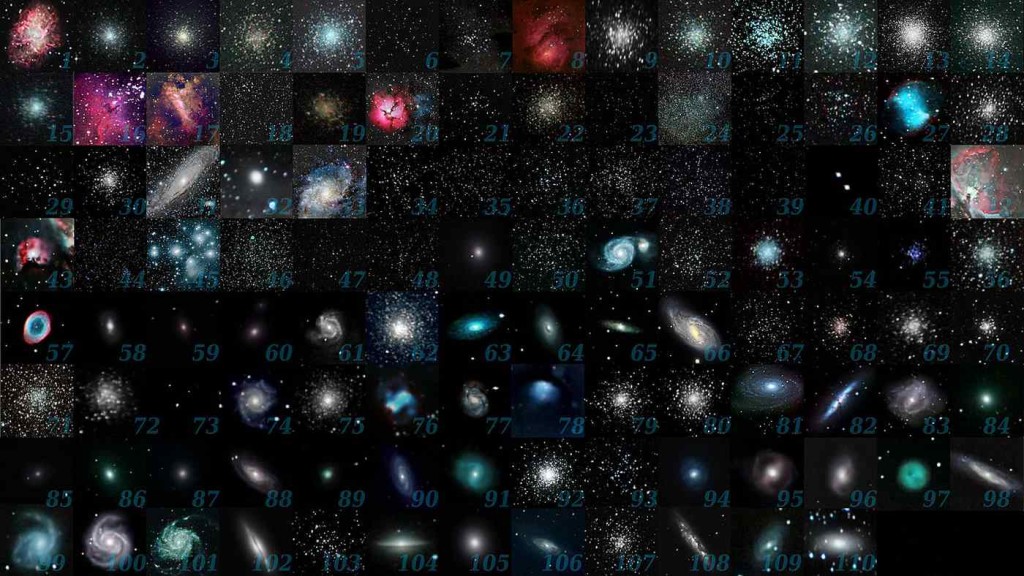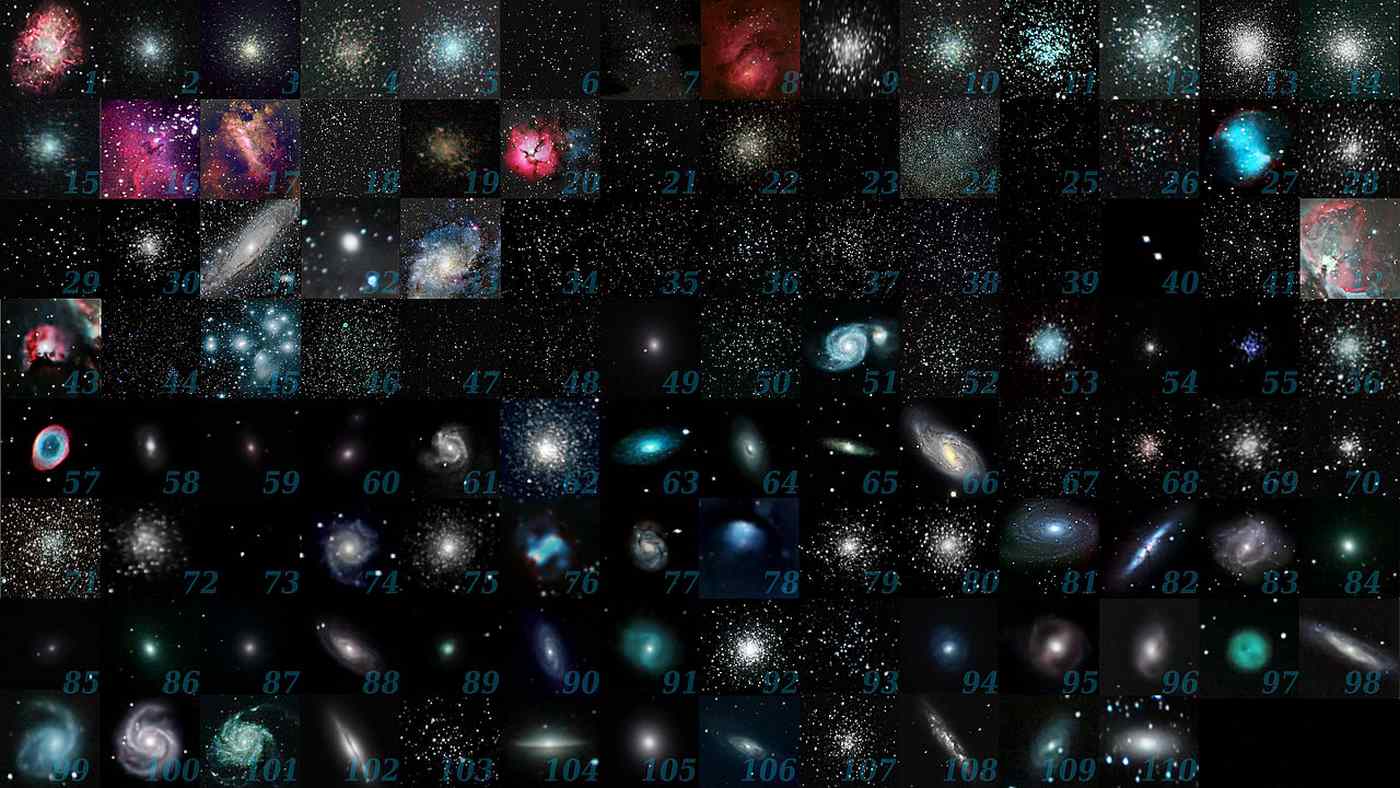
A minor meteor shower and a few conjunctions offer some great beginner stargazing events this March, but the really exciting opportunity in the heavens is a chance to see all 110 Messier objects, but more on that later.
Tonight, Wednesday the 1st, and tomorrow, there will be the best conjunction of Venus and Jupiter since 2020. At twilight, step outside and look to the southwestern sky. With binoculars or a telescope there’ll be a better view, but the naked eye will do fine.
One will see what appears to be Venus and Jupiter standing a comet’s throw from each other; a great way to introduce kids or friends to stargazing. In reality, the planets are millions of miles from each other, and just appear to be close from our perspective on Earth.
The full moon of March will occur on the 7th and be largest at 7:42 AM US Eastern Time. It’s called the Worm Moon because of earthworms coming out of the thawing soil.
According to Old Farmer’s Almanac, which keeps records of the indigenous names for the moons, the Northern Ojibwe called this Crow Comes Back Moon, and the term Goose Moon was used among Algonquin and Cree peoples.
Further north, Snow Crust Moon was an Anishinaabe term, while to the south, Sore Eyes Moon is a Dakota, Lakota, and Assiniboine term referring to the blinding rays of the sun on snow. Additionally, Sugar Moon (Ojibwe) is the time when maple sap runs, and Wind Strong Moon (Pueblo) refers to the strong windy days that come at this time of year.
Valerie from Space Tourism Guide details that on March 15th the y-Normid meteor shower will pass by at a rate of 6 meteors per hour.
On March 18th, a very unique opportunity arrives for advancing one’s stargazing habit from amateur to expert—the Messier Marathon.
The French astronomer Charles Messier become famous for his Catalogue of Nebulae and Star Clusters. This is principally because Messier was only interested in finding comets, and while he was looking for them he created a list of non-comet objects that interrupted his hunt.
“The “best” night for the Messier Marathon each year typically happens at the new moon between March and early April, due to the Earth’s planetary position in our annual orbit,” Valerie says in her March stargazing guide. “In 2023, there are actually two opportunities, the weekends on either side of the New Moon on the 21st.”
She has made an excellent guide for how to prepare and complete a Messier Marathon.
On March 28th, the Moon and Mars will appear in conjunction in the early morning sky, and offer another great opportunity to introduce kids to seeing the planets when they’re brightest. The moon will be at quarter size which makes seeing Mars much easier.
SHARE This Fun Stargazing Guide With Your Friends…




















